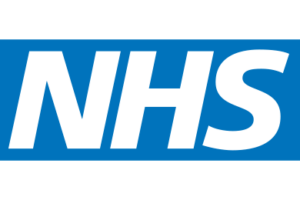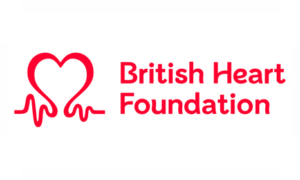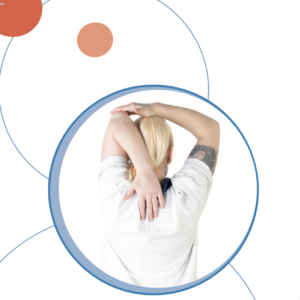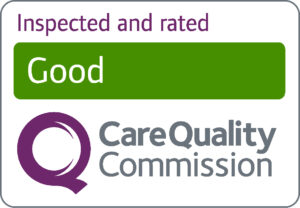Physiotherapist
Physiotherapists have played a key role in the development and growth of CR in the UK since its inception in the 1970s, and the physiotherapist is a core member of the CR MDT. The physiotherapist, alongside other exercise professionals, delivers a tailored prescription of exercise that increases physical activity levels in patients with CHD compared with usual care.
The physiotherapist with the experience, competence and skill to manage a wide range of clinical conditions, enabling effective and safe management of cardiac patients, as well as the ability to manage patients who frequently present with multiple and complex co-pathologies.
A good starting point to help your recovery in this area

NHS
NHS England advice about recovering from a heart attack. Useful information to support your rehabilitation.

British Heart Foundation
British Heart Foundation medical experts have created easy to follow videos for all levels, that you can do in your own time.
Home exercise for cardiac rehabilitation advice
This booklet has been designed to help you exercise safely at home as you would have done in the face-to-face classes. It can be used with the British Heart Foundation (BHF) online videos that are free to access and will guide you through your exercise session. Before you start any exercise, it is important that you have had an assessment with your cardiac rehabilitation team to work out how much exercise you can safely do at home and to determine which exercise video you should follow.
It is really important that you have read and understood the information on this site and that you know which level of exercise you should start. If you have any questions please contact the cardiac rehabilitation team who will be able to help you. See the contact panel on this website for our details.

Answering some of your questions
What if I have more questions?
If you would like any further information you can either visit us or call us between 9am – 5pm on 01274 364348
Physiotherapy Department, Bradford Royal Infirmary, Duckworth Lane, Bradford BD9 6RJ


